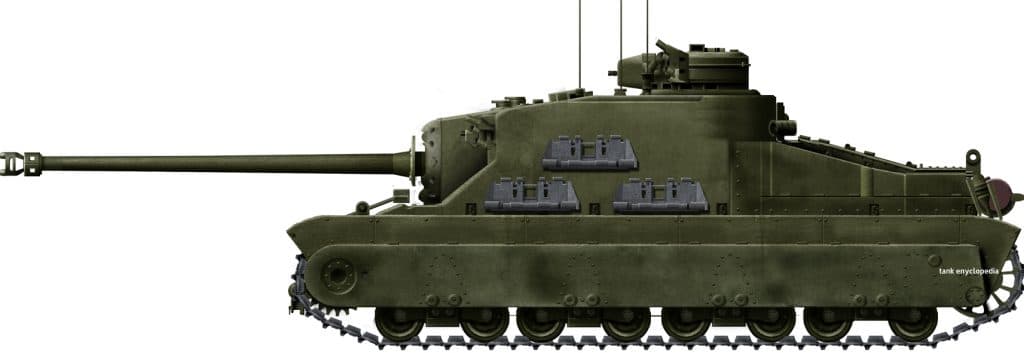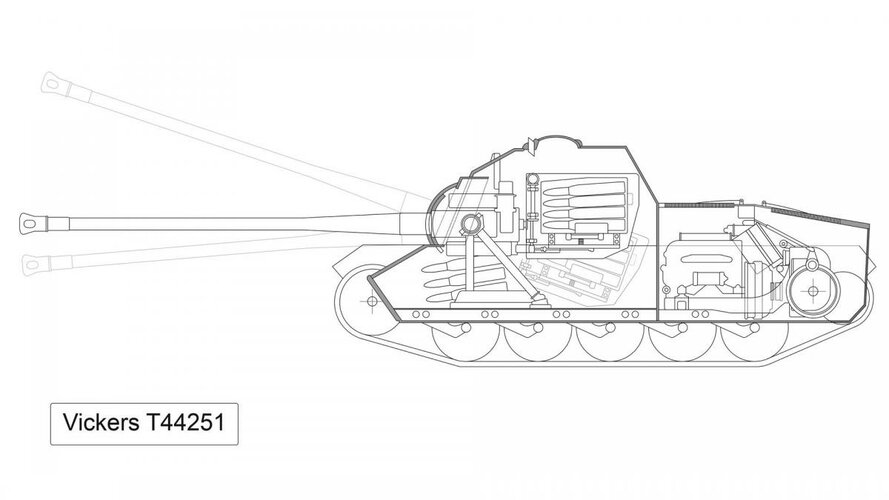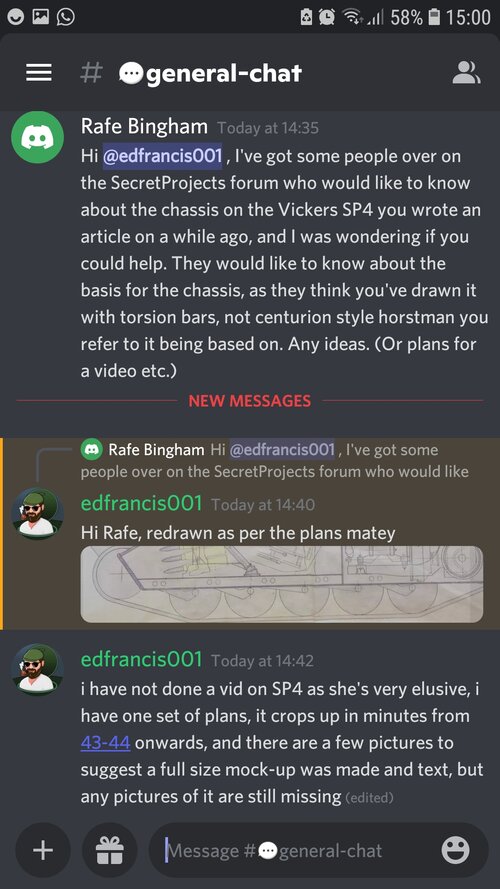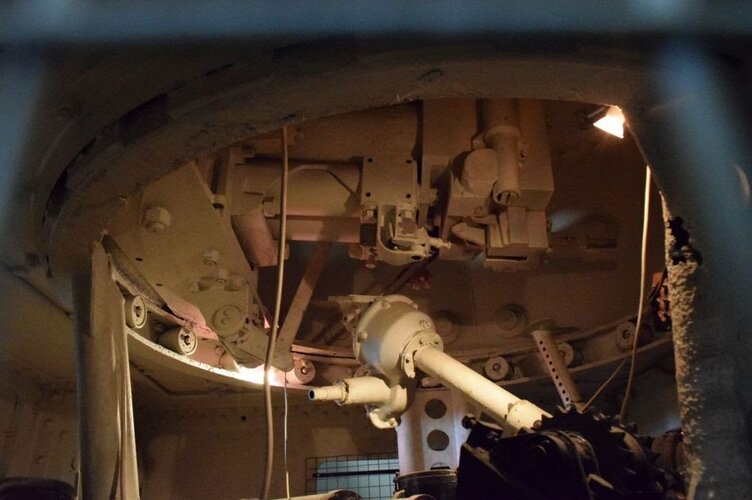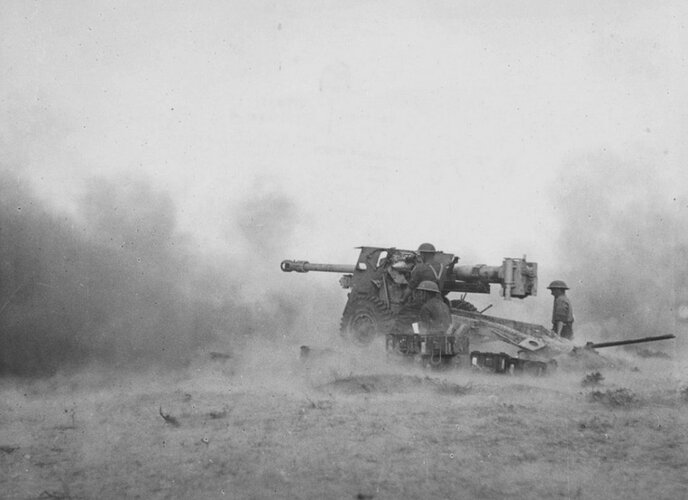monochromelody
ACCESS: Confidential
- Joined
- 3 November 2015
- Messages
- 72
- Reaction score
- 204
I have some questions about WW2 era British tank guns and hope that you can help.
1. In the early stage of TOG 2 tank, they planned to install a 3in 20cwt gun or a 3.7in AA gun Mk.I (also known as 3.7in monobloc or 28pdr) into the turret. But later they developed the 17pdr, some sources say that 17pdr has a 3.7in monobloc chamber.
Considering that there were ideas about necked down 3in 20cwt to fire a Sherman 75mm shot(75mm 50 calibre HV), is that means they also necked down the 3.7in to fire a new 3in shot, which known as 17pdr?
2. Comet tank, armed with a 77HV gun, said to have a shorten 17pdr barrel with a 3in 20cwt chamber. Is that means 77HV can fire original 3in 20cwt HE shells? It's also said that 77HV have better accuracy firing HE shells than those firing from a 17pdr.
3. A39 Tortoise assault tank, armed with a 94mm 32pdr AT gun, greatly differed from a 3.7in AA gun, with a rim diameter of 142mm and a case length of 909mm. I assumed it was developed from a known chamber or case design, for example a 4in Mk.V naval gun/coastal gun, which had a 141mm rim diameter and a 730mm case length. I mean if you stretch the case to 909mm, it will just fit to 94mm calibre.

Is there any info about how 32pdr AT was developed?
1. In the early stage of TOG 2 tank, they planned to install a 3in 20cwt gun or a 3.7in AA gun Mk.I (also known as 3.7in monobloc or 28pdr) into the turret. But later they developed the 17pdr, some sources say that 17pdr has a 3.7in monobloc chamber.
Considering that there were ideas about necked down 3in 20cwt to fire a Sherman 75mm shot(75mm 50 calibre HV), is that means they also necked down the 3.7in to fire a new 3in shot, which known as 17pdr?
2. Comet tank, armed with a 77HV gun, said to have a shorten 17pdr barrel with a 3in 20cwt chamber. Is that means 77HV can fire original 3in 20cwt HE shells? It's also said that 77HV have better accuracy firing HE shells than those firing from a 17pdr.
3. A39 Tortoise assault tank, armed with a 94mm 32pdr AT gun, greatly differed from a 3.7in AA gun, with a rim diameter of 142mm and a case length of 909mm. I assumed it was developed from a known chamber or case design, for example a 4in Mk.V naval gun/coastal gun, which had a 141mm rim diameter and a 730mm case length. I mean if you stretch the case to 909mm, it will just fit to 94mm calibre.

Is there any info about how 32pdr AT was developed?

